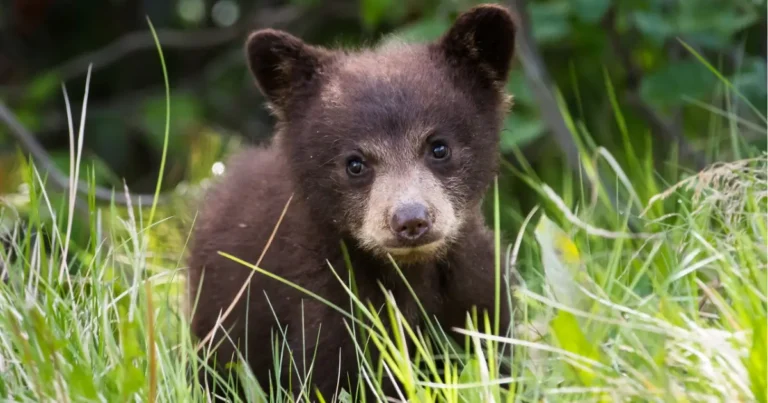If we take a look at how it’s used in wildlife management it’s not about how many animals are being protected, but how many animals can be killed without completely decimating the population.
That sure doesn’t sound like conservation to me.

Upon arriving here, explorers set out on this new land with the hopes of bringing back anything of value to their homeland. What they found was an abundance of furs; furs that were so prized because these same animals had been hunted to extinction back home. So hunt, they did. These new explorers set out to get as many furs as they could and a booming demand for these furs back in Europe further fuelled this hunt. Unfortunately in a few cases, certain species were hunted to complete extinction.
Enter now the word conservation.
In order to stop hunters and trappers from continuing to wipe out populations, limits and restrictions were placed on them. Somehow over the years that background has been blurred. Now we are led to believe that if proper conservation limits are not set we will be over-run with wildlife. We’re told that without hunting and trapping wildlife populations will explode.
How is it that we have confused hunter control with population control? Mother Nature has done a pretty good job of conservation long before we started meddling with things. Why is it that certain “conservation” groups feel that they can do a better job then Mother Nature?
So the next time you hear about a wildlife conservation group preserving out natural habitat, or protecting our wildlife you may want to take a closer look at the reason behind their conservation efforts. Are they really protecting our natural environment, or simply protecting their own interest in killing our wildlife?
Wildlife conservation has always been about controlling hunters and trappers, not about controlling wildlife.
